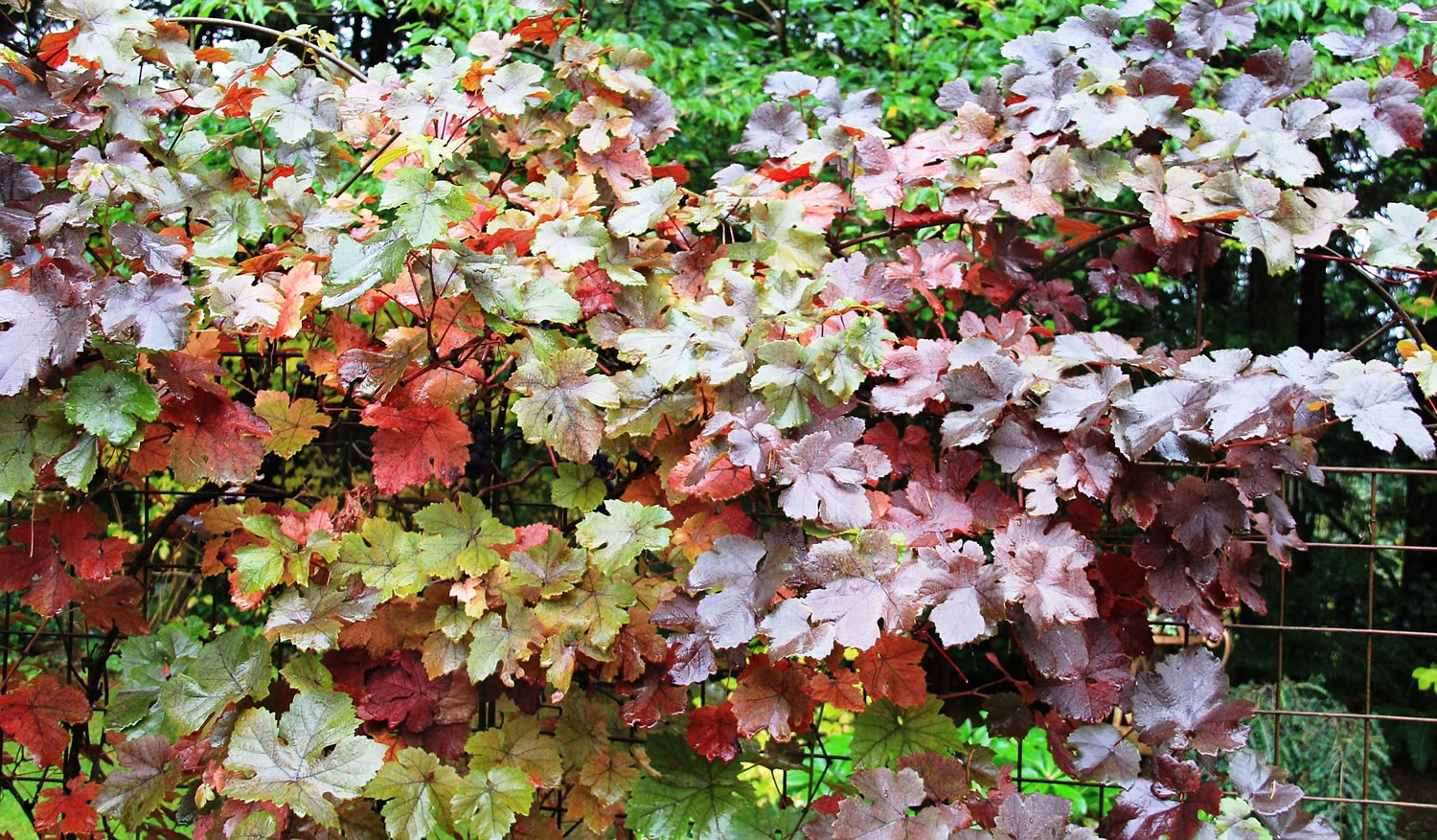I appreciate the fact that daylight savings time starts later than it did a few years ago and will end earlier than it did in the past. Still, the day that the time change went into effect this year brought with it a sense of apprehension. Wait, whoa, hold on. Did the afternoon sun really set before five o’clock in the afternoon? With the time change comes a temporal disturbance and a distinct awareness of the imminent arrival of winter.
Like any transition in the garden, each gardener reacts differently to nature’s changes. I admire the organized gardener. I have always wanted to be the guy who cuts back spent flower heads in late spring to encourage a second flush of blooms. Or the one who weeds summer borders before perennial weeds mature. That would make me the sort of gardener who puts the garden to bed before winter strikes and catches them unprepared.
I am more likely to be spontaneous, which is a nice way of saying less organized. I often simply have too much to do. This is not an excuse, simply a statement of a gardener with a busy personal and social life who still manages to get things done in the garden. So I am feeling a bit smug this year because I, too, have already taken several steps to prepare my garden for winter’s approach.
First, I brought all outdoor furniture cushions inside and put them downstairs so that they would have time to dry out completely before being packed up for winter storage. This is one task I typically put off in hopes of one or two more chances to entertain guests outside on a mild autumn or even a chilly but dry winter evening. Getting this job out of the way early is much easier than dealing with soggy pads and pillows.
Despite my personal desire to forestall the onset of winter, certain jobs need to be dealt with immediately. Many of the more tender garden plants can survive one frost, possibly two, but as soon as we have a period of continuous chilling, their days are numbered. Our first concern is to protect potted plants that are tender to marginally hardy. Move them into a greenhouse or sheltered area before it’s too late.
Unless you are sure that a plant is specifically recommended for its hardiness in your climate zone, they need to be overwintered in a frost-proof area. Many of the non-hardy fuchsias, seasonal geraniums (pelargonium), hebes and jasmine plants will be killed by frost if left unprotected in the garden. If not killed outright, they will succumb to any series of upcoming freezes and thaws that are so typical of our Washington winters.
Through the winter months, check all garden plants periodically for water. Winter soil is going to be moist but it must also be well drained so that plants are not standing in water. This applies to perennials, needle-leaved evergreens, broad-leaved evergreens and trees that were planted out in the garden this fall. A last addition of organic mulch will help hold soil temperatures steady through the winter season.
If you already planted out winter pansies, clean them up by removing spent flower heads. Remove withered, weather-beaten foliage from decorative winter kale. Cut out the large leaves as they die back from the bottom of the plant up. After our bout of chilling winds, both plants can look quite scruffy if left untended. Cut pansies back to within a couple of inches of the ground and they will give you another flush of bloom.
Continue garden cleanup and weeding on days when weather permits. Once again, this is an example of gardening according to personal habit. Some will settle for nothing but a perfectly antiseptic garden going into winter. For others, cutting back straggly branches and spent leaves, as well as raking up any yard debris, is enough. My early New Year’s resolution is to make a habit of staying one step ahead of what needs to be done in the garden.
We can all benefit from a willingness to cooperate with Mother Nature rather than trying to control her. Lighten up your mental garden workload by accepting the natural state of things. Step into winter wholeheartedly, just as you would any other season of the year. Stay warm. I’ve already had to exchange my sweater for wool flannel and a pair of gloves on my morning garden walks. A scarf has become my favorite accessory because it keeps my neck and ears warm. Get ready; winter is just around the corner.
Robb Rosser is a WSU-certified master gardener. Reach him at Write2Robb@aol.com.



